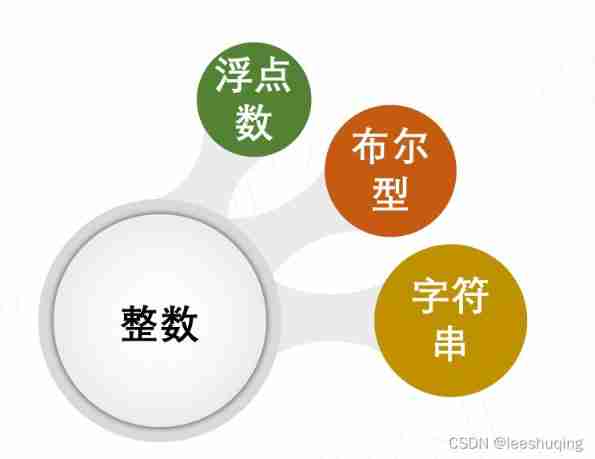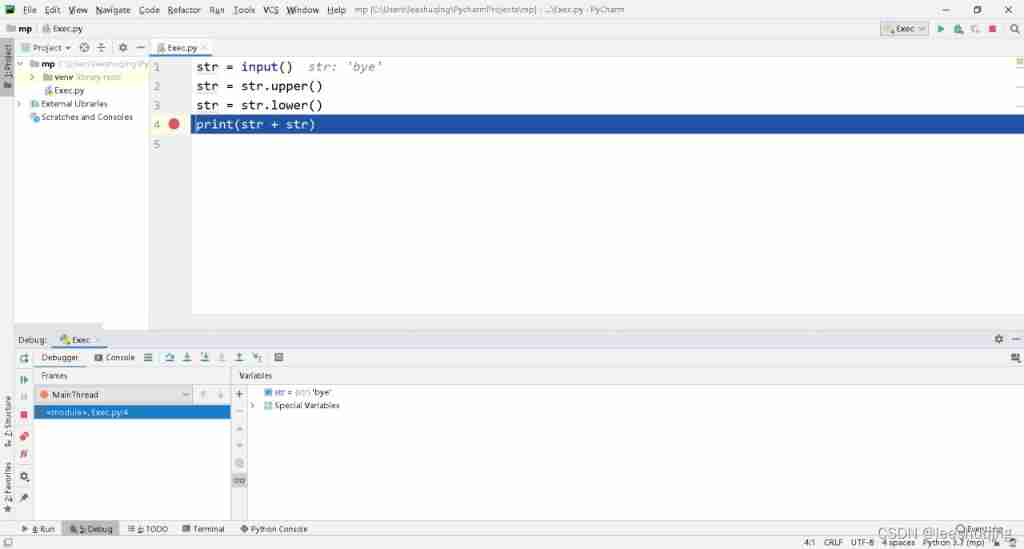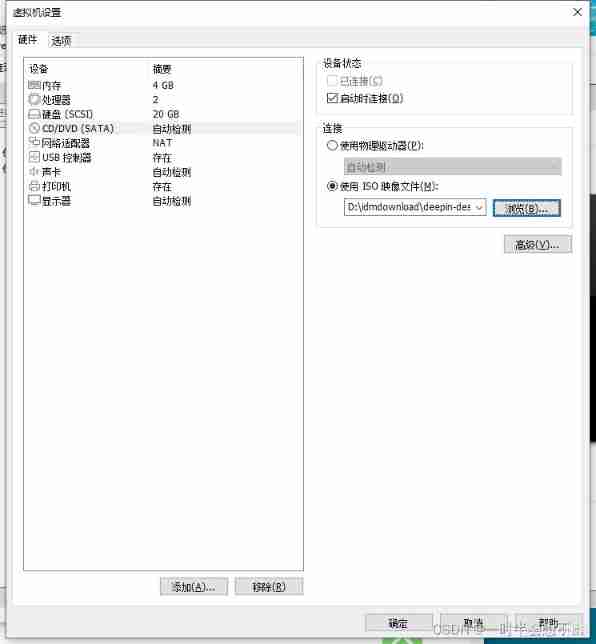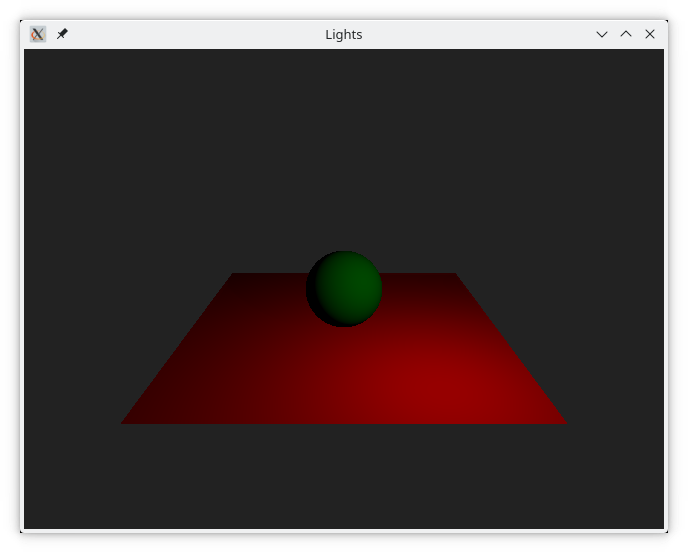当前位置:网站首页>Brief analysis of ref nerf
Brief analysis of ref nerf
2022-07-03 20:42:00 【Zhangchuncheng】
elementary analysis Ref-NeRF
NeRF It is a popular 3D rendering network , This article is based on the new RefNeRF As an opportunity , Try to explain the close relationship between normals in 3D surfaces and rendering .
Research background
rendering method
We simplify the rendering process to : When shooting an object , Find the color of a point on the picture of the object

The traditional method needs to obtain the three-dimensional model of the object first , And build a three-dimensional scene , Then the color value of each region is obtained by calculation .
We can render by building a patch model , It can also be rendered by volume integration .


Here we consider two basic things , One is an object , The other is the observer ,
The model of an object is physical , It does not change with the perspective of observation ; The observer observes the object model from various angles , It can be simplified into an angle .
and NeRF The way is to grasp these two key points , Abstract the rendering process of 3D objects into a function , The difference from traditional methods is , It no longer relies on explicit modeling of 3D objects .
Neural Radiance Fields & Multi-layer perception Neural Radiance Fields (NeRF) is a popular view synthesis technique that represents a scene as a continuous volumetric function, parameterized by multi-layer perception (MLP) that provide the volume density and view dependent emitted radiance at each location.
From the perspective of neural network , The rendering process is as follows
among , Represents model parameters , Represents the location of rendering , Represents the observation angle . The network training process is to shoot the same object from multiple perspectives , So as to optimize the parameters ,
therefore , It can be considered that the surface information of the object is encoded in the network parameters . The rendering of the new angle can be calculated through this set of parameters .
NeRF The problem of
They often fail to accurately capture and reproduce the appearance of glossy surfaces

namely NeRF Poor treatment of smooth surfaces . The reason is , Because NeRF The processing of surface texture depends on interpolation

Why do you say that? ? Because the original function is a continuous function
therefore , Without special mechanism , When When it comes to gradients , Output It must also be gradual . Macroscopically, it will show “ interpolation ” The effect of . Reflected in the rendering results , There is no clear boundary for the color of the texture , It looks very vague .
The new method
The main idea
The new method learns the three-dimensional structure of the object surface , No longer rely on interpolation algorithm when rendering color

The core of the three-dimensional structure here is the direction of the local normal .
How important are normals ?
Give an example to illustrate this problem , If you render an object in the traditional way , In addition to its 3D surface structure and texture map color , You also need its surface normal

If you change its normal direction , You will get a completely different rendering effect

The reason for this phenomenon can be explained by the following figure , Considering the ambient light , The color of a point of an object can be simplified into two factors
among , Represents the diffusion of materials (diffuse) Color , This color depends on the nature of the object itself , Represents the color brought by ambient light .

Because the ambient light is reflected by objects , Therefore, it is inevitably affected by the joint action of illumination angle and surface normal .
Ref-NeRF The algorithm is in the process of learning model parameters , Learn the coupling structure of these normals and incident light at the same time by adding constraints .
Network structure

In primitive NeRF In the method ,
Input For location ; Input Represents the observation angle ; Output Represents material density ; Output Represents the color value ; Intermediate variable Represents bottleneck vector , It's kind of like ResNet Layer hopping transmission .
and Ref-NeRF The intermediate variables added by the method are ,
: The color produced by light and its own color ; : Weighting of light color ; : Local surface roughness ; : local normal .
Why are so many things introduced besides normals ? It's easy to understand .
: Control the value and proportion of external light and its own color ; : After considering the surface normal , Local color value “ great ” The ground is affected by the normal , But in practice , Because the surface of the object is not absolutely smooth , This leads to a great difference between the actual results and the theoretical results . In this network , The rougher the surface , Then the smoother it is , Smoothing is done by fitting vMF Distributed implementation .
We introduce a technique,which we call an Integrated Directional Encoding (IDE), that enables the directional MLP to efficiently represent the function of outgoing radiance for materials with any continuously-valued roughness

result
And NeRF Comparison of methods


so ,Ref The method can accurately estimate the surface normal structure of spherical and cylindrical structures , And what information is caused by ambient light . This endows the model with knowledge and learning “ Specular reflection ” The ability of .
Scene editing
Last , Because the model not only learns the surface information of the object , I also learned the information of ambient light , So we can change these two factors , To analyze 3D objects and scenes “ edit ”.

We can edit the diffuse color of the car without affecting the specular reflections of its glossy paint

We can plausibly modify the roughness of the car and material balls by manipulating the κ values used in the IDE
边栏推荐
- Refer to some books for the distinction between blocking, non blocking and synchronous asynchronous
- CesiumJS 2022^ 源码解读[7] - 3DTiles 的请求、加载处理流程解析
- [postgresql]postgresql custom function returns an instance of table type
- 阻塞非阻塞和同步异步的区分 参考一些书籍
- Use of CMD command
- AST (Abstract Syntax Tree)
- Get log4net log file in C - get log4net log file in C
- 上周内容回顾
- Preliminary practice of niuke.com (11)
- Node MySQL serialize cannot rollback transactions
猜你喜欢

Based on laravel 5.5\5.6\5 X solution to the failure of installing laravel ide helper

2.4 conversion of different data types

LabVIEW training

1.5 learn to find mistakes first

In 2021, the global revenue of syphilis rapid detection kits was about US $608.1 million, and it is expected to reach US $712.9 million in 2028

2.6 formula calculation

Battle drag method 1: moderately optimistic, build self-confidence (1)

Virtual machine installation deepin system

QT6 QML book/qt quick 3d/ Basics

Gee calculated area
随机推荐
jvm jni 及 pvm pybind11 大批量数据传输及优化
Recommendation of books related to strong foundation program mathematics
Upgrade PIP and install Libraries
MDM mass data synchronization test verification
Global and Chinese market of high temperature Silver sintering paste 2022-2028: Research Report on technology, participants, trends, market size and share
一台服务器最大并发 tcp 连接数多少?65535?
CesiumJS 2022^ 源码解读[7] - 3DTiles 的请求、加载处理流程解析
2.6 formula calculation
Virtual machine installation deepin system
Strange way of expressing integers (expanding Chinese remainder theorem)
Basic number theory -- Chinese remainder theorem
How can the outside world get values when using nodejs to link MySQL
设计电商秒杀系统
【c】 Digital bomb
【愚公系列】2022年7月 Go教学课程 002-Go语言环境安装
浅议.NET遗留应用改造
44. Concurrent programming theory
Test changes in Devops mode -- learning and thinking
2022 melting welding and thermal cutting examination materials and free melting welding and thermal cutting examination questions
Viewing Chinese science and technology from the Winter Olympics (II): when snowmaking breakthrough is in progress